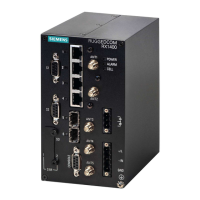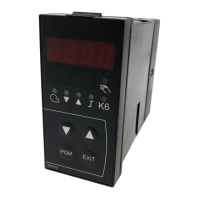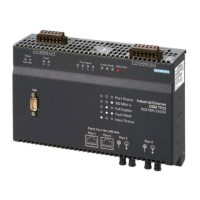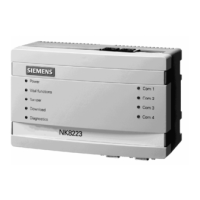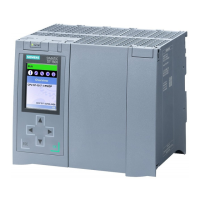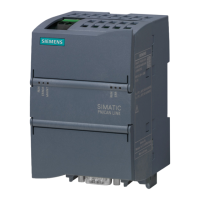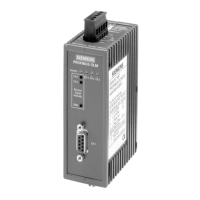RUGGEDCOM ROX II
CLI User Guide
Chapter 5
System Administration
Configuring the System Name and Location 103
System Administration
This chapter describes how to perform various administrative tasks related to device identification, user
permissions, alarm configuration, certificates and keys, and more.
CONTENTS
• Section5.1, “Configuring the System Name and Location”
• Section5.2, “Configuring the Host Name”
• Section5.3, “Customizing the Welcome Screen”
• Section5.4, “Setting the Maximum Number of Sessions”
• Section5.5, “Enabling and Configuring WWW Interface Sessions”
• Section5.6, “Enabling/Disabling Remote Access Through a VRF Interface”
• Section5.7, “Managing Alarms”
• Section5.8, “Managing Users”
• Section5.9, “Managing Passwords and Passphrases”
• Section5.10, “Scheduling Jobs”
Section5.1
Configuring the System Name and Location
To configure the system name and location of the device, do the following:
1. Make sure the CLI is in Configuration mode.
2. Navigate to admin and configure the following parameter(s) as required:
Parameter Description
system-name { system-name } Synopsis: A string 1 to 255 characters long
Default: System Name
An administratively-assigned name for this managed node. By convention, this is the
node's fully-qualified domain name. If the name is unknown, the value is the zero-length
string.
location { location } Synopsis: A string 1 to 255 characters long
Default: Location
The physical location of this node (e.g., 'telephone closet, 3rd floor'). If the location is
unknown, the value is the zero-length string.
contact { contact } Synopsis: A string 1 to 255 characters long
Default: Contact
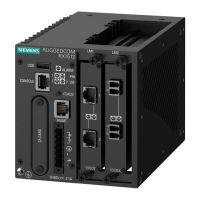
